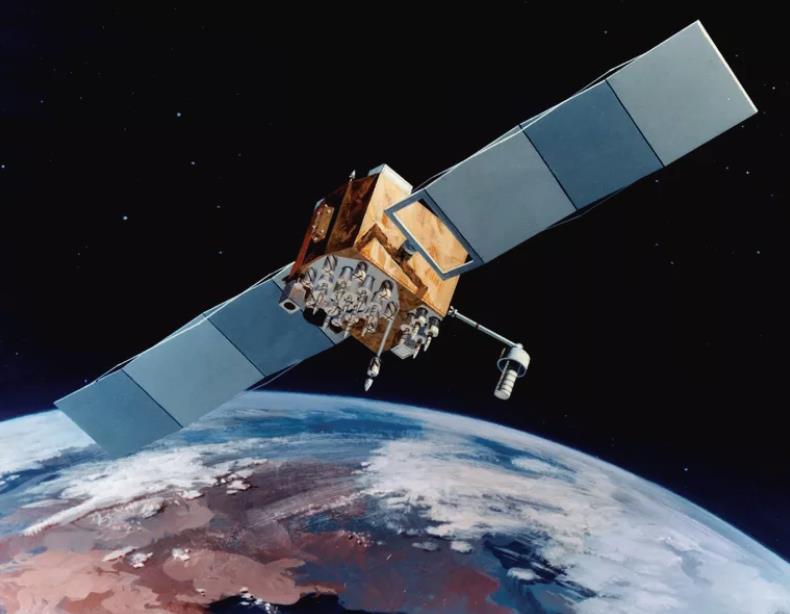A group of satellites in earth orbit makes the Global Positioning System (GPS) possible. Satellite constellations transmit accurate signals, allowing GPS receivers on the ground to calculate and display location information to users. GPS is owned by the United States.
By capturing signals from satellites, GPS receivers can useTrilateral measurementMathematical principles to determine geographic location. By increasing computing power and memory (such as route maps, points of interest, and terrain information), GPS receivers can convert location, speed, and time information into useful display formats.

The invention and evolution of GPS
GPS was originally created as a military application by the US Department of Defense (DoD). The system has been active since the early 1980s, but was not available for civilian use until the late 1990s. Since then, consumer GPS has become a multi-billion dollar industry with a wide range of products, services, and Internet-based utilities. Like most technologies, its development is still in progress. Although it is a true modern marvel, engineers recognize its limitations and constantly strive to overcome them.
Advantages and disadvantages of GPS
Pros
- Work accurately in all weather conditions around the clock and on a global scale.
- There is no subscription fee to use GPS signals.
- The general accuracy is within 15 meters. The accuracy of the newer models with the Wide Area Augmentation System (WAAS) signal is within three meters.
Cons
- It may be blocked by dense forests, canyon walls, skyscrapers, bridges or walls, making GPS navigation difficult.
- Not suitable for indoor or underground spaces.
- Satellite maintenance, radio interference, and solar storms can all cause coverage gaps.
International effort
The GPS owned and operated by the United States is the most widely used space-based satellite navigation system in the world. Russia's GLONASS satellite constellation also provides global satellite navigation services. SomeConsumer GPS devices Use these two systems to improve accuracy and increase the likelihood of capturing enough location data.
Interesting facts about GPS
How GPS works is a mystery to many people who use it every day. These points may surprise you:
- Military GPS uses two frequencies, while civilian GPS uses only one. This improves accuracy. Dual-frequency GPS devices can be used by civilians, but their cost and size make them impractical.
- The U.S. government is conducting a multibillion-dollar ongoingImprovement and modernization plan.
- U.S. taxpayers mainly provide funding for global GPS services through the Department of Defense. The 2017 budget is approximately US$900 million.
- A joint military-civilian agency in the United States—the National Executive Committee for Space-Based Positioning, Navigation, and Timing—is responsible for overseeing GPS. It is maintained and operated by the US Air Force.
- As of 2017, there are 24 GPS satellites orbiting the earth.
- GPS is essential to the equipment, conveniences and services that we take for granted every day, such as mobile phones, watches, computers, weather forecasts, energy delivery, navigation, and emergency/disaster response.
- Many industries rely on the accuracy of GPS, including banking, construction, aviation, shipping, and agriculture.
- GPS is essential to national security. All new military equipment is equipped with GPS.
- GPS provides information for air, sea and road transportation systems around the world.
